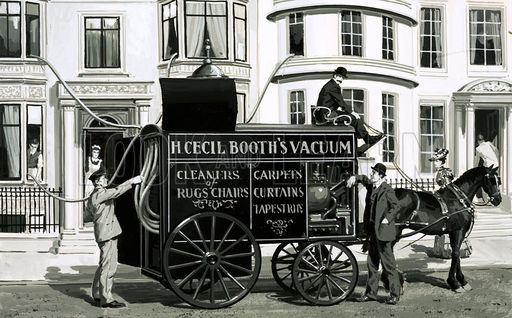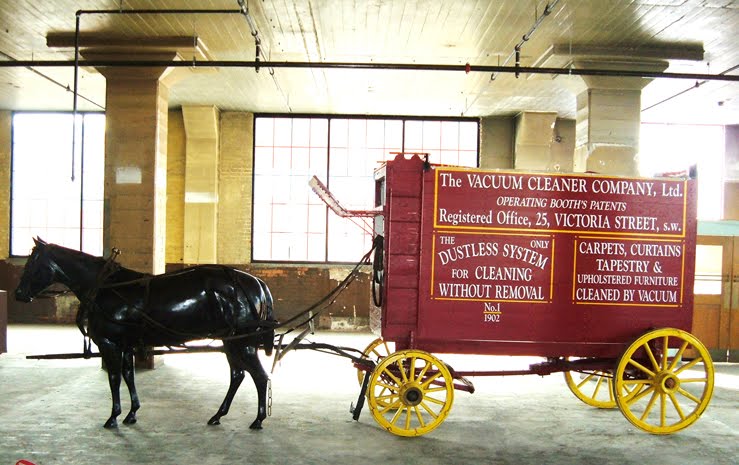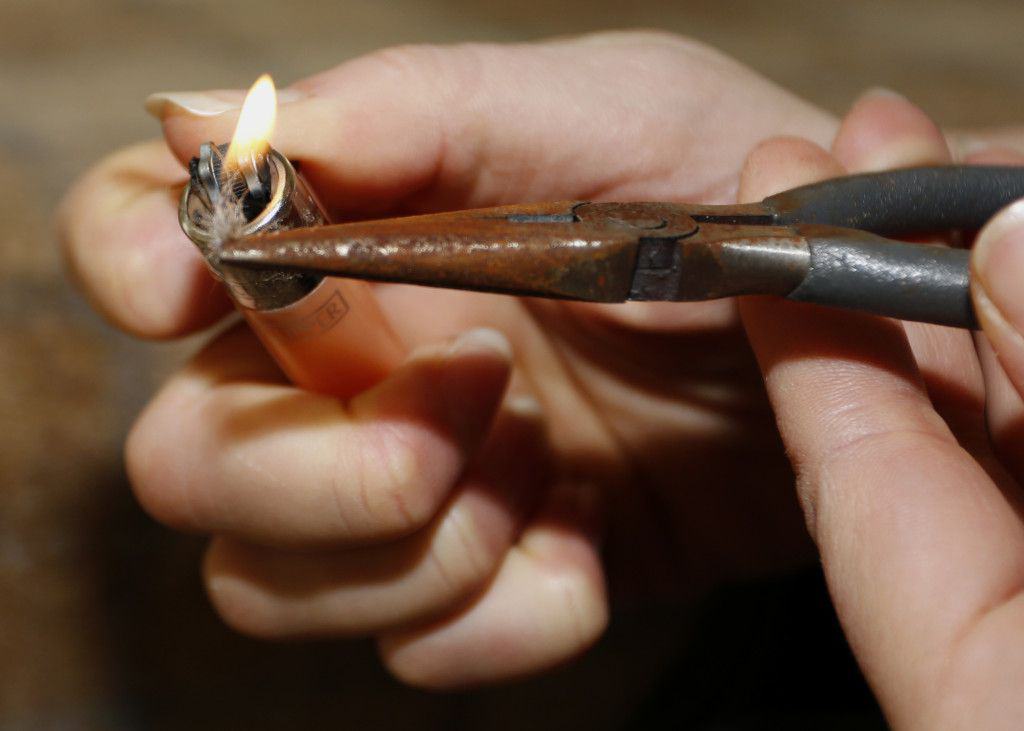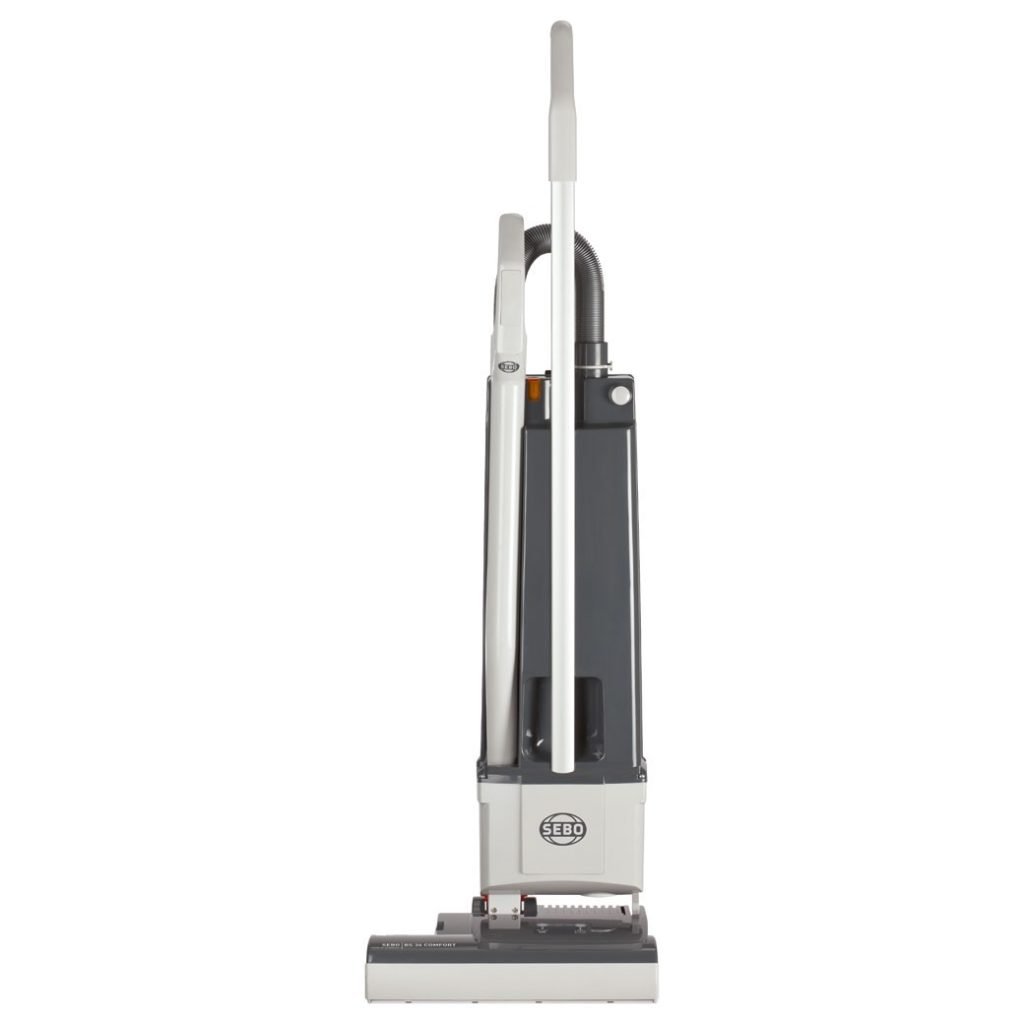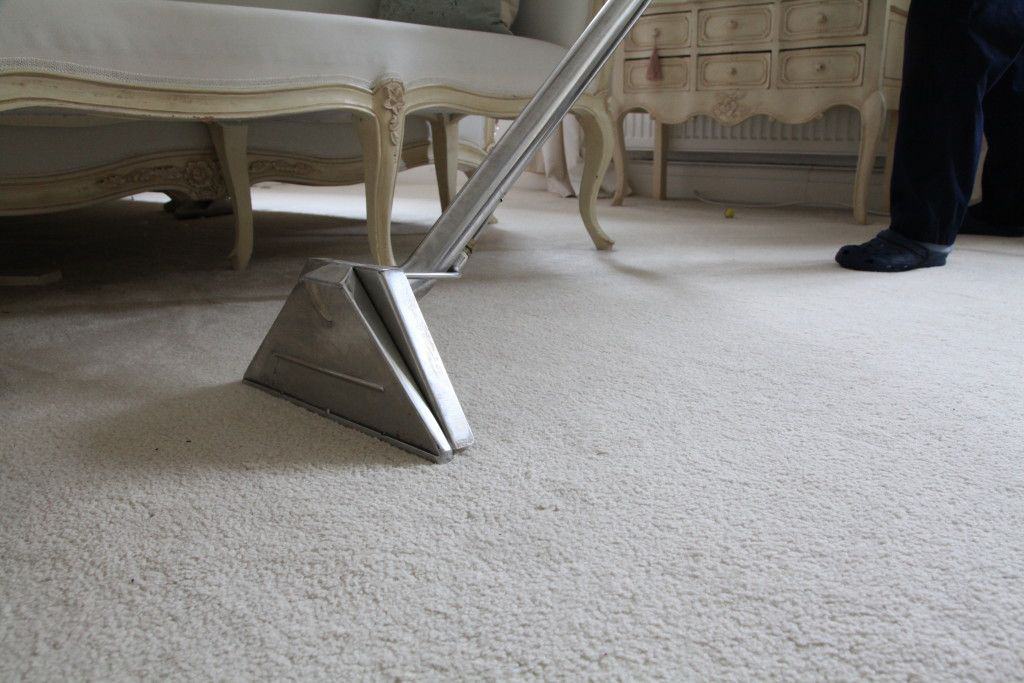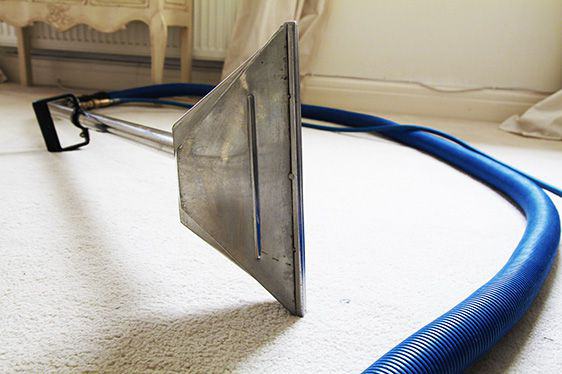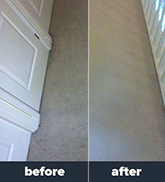The Consumer’s Guide To Effective Carpet Cleaning
The Consumer’s Guide To Effective Carpet Cleaning
Firing up our petrol powered, van mounted machine, it’s easy to take for granted the sheer power, heat and reliability we have on tap these days.
Step back a century and carpet cleaning and stain removal methods appeared crude and, at first glance, somewhat comical (think brushing carpets with tea leaves and freshly cut grass and mopping up stains with beef gall and split loaves of hot bread!)
Nevertheless, carpets and rugs were always fastidiously and proudly maintained and any spillages and stains quickly treated. And besides, isn’t there something inherently satisfying about restoring (and preferably maintaining) a quality rug or carpet, rather than casually discarding and replacing it?
It is thought that the first truly “on-location” carpet cleaning companies emerged in the mid 1930’s as fitted wall to wall carpets gained in popularity. But it was perhaps with the advent of hot water extraction cleaning machines in the 1960’s when carpet cleaning became more sophisticated, effective and reliable.
Indeed, the invention of that “ugly little carpet cleaning machine” gave birth to the process that we believe is still the best way to effectively clean upholstery and carpets: Hot Water Extraction Cleaning (sometimes referred to as steam cleaning).
But, as I mentioned earlier in this post, the technology has improved greatly over the years while the actual processes and chemicals have been honed by companies around the world.
So, here’s what we believe to be the most effective and thorough method of delivering the hot water extraction method when cleaning wall to wall carpets, and the equipment options available and employed by modern-day carpet cleaning companies.
A Detailed Look At The Hot Water Extraction Cleaning Processes
While the dose makes the poison (in this case chemicals and horsepower!) there are some “pre-extraction” steps that often make the world of difference to the finished result of a carpet clean.
The first step?
Pre-Clean Inspection
A carpet cleaning company should never start spraying chemicals over your carpets without first testing to identify the type of carpet fibres and identifying any pre-existing stains.
The incorrect application of an unsuitable chemical may cause irreparable damage or make it more difficult to remove particular stains.
Vacuuming
A thorough vacuum is necessary to remove loose soiling, hair and debris and it helps ensure a more consistent result.
While there are many good domestic vacuums available in high street stores, most professional carpet cleaners will be using a more robust vacuum such as a powerful Sebo.
Special attention should be paid to corners and skirting boards.
Pre-Spraying Of Chemicals
After vacuuming, a high quality, soil loosening pre-spray is applied to the carpet in order to break down general traffic soiling and stained areas.
Any conspicuous individual stains may need to be treated with specialist stain removal products. Examples of such stains would be oil, make-up, tar or red wine.
There are many brands available to carpet cleaning companies. The choice often comes down to personal preference and the technician’s knowledge of the various products (that little bit more experience in the field often proves the difference between removing and not removing a stubborn stain.)
Agitation (Or Massaging The Cleaning Solution Into The Carpet Fibres)
Once the carpet has been pre-sprayed, the chemicals often need to dwell for several minutes be agitated and worked into the fibres to facilitate the breaking down of the ingrained soils and stains.
There are many pieces of equipment that can be used for carrying out the agitation process. A basic but effective (and safe) tool, is a simple carpet agitation brush that is run back and forth through the fibres.
Another machine that carpet cleaning companies may use is an electric agitation machine such as a Sebo Duo, or for larger expanses of carpet, a rotary machine with attached pads or brushes (particularly helpful for large commercial jobs or heavily soiled carpets when there is sufficient space to manoeuvre.
Hot Water Extraction
To thoroughly clean a heavily soiled carpet, it’s hard to beat hot water extraction.
Hot water extraction can be carried out using electric portable type machines or more powerful petrol powered truckmount engines that provide more consistent heat and suction.
The key point is that the machine must be capable of generating sufficient heat, water pressure and suction to remove the maximum amount of moisture and all loosened soil particles.
To ensure your local carpet cleaner is operating machinery of the required standard, check that they’re fully approved members of The Approved Carpet Cleaners Alliance (TACCA).
Post-Cleaning Processes
Once the carpets have been fully extracted, there should be a final inspection to check all stains have been treated to best practice.
Maybe there’s a stubborn stain or two that would benefit from additional treatment with a different chemical and another extraction?
Once the carpet cleaning technician is sure that all stains have been treated correctly it is important that the drying process is helped along by combing the carpet fibres with a grooming brush and in some cases the use of turbo dryers.
What You Should Be Doing Between Your Scheduled Professional Cleaning Appointments
While the above process will make a huge difference to the appearance and health of your carpets and home, there are some steps you should (and shouldn’t) take in-between your regular carpet cleaning appointments.
1. Vacuum regularly.
Yes, I know it’s incredibly predictable and boring, but regularly vacuuming your carpets prevents loose soil and dirt morphing into unsightly greying / brown areas that spoil the appearance of light coloured carpets. It also prevents the premature wear of carpet fibres caused by abrasive soil and grit.
2. Never, ever, ever apply shop bought “specialist” stain removal products.
They rarely work. And they often ruin carpets.
Enough said. You’ve been warned.
3. Blot stains with clean water and towels.
You may have heard it before: Blot, don’t scrub.
You should never “scrub” in case you merely spread the stain to a wider area of carpet and, in addition to making the stain appear visually worse, you’ll potentially damage the fibres.
Patience is key.
4. Deal with spillages immediately.
Yes, I know you probably mop up any spills as soon as they occur (in my experience, very few people are happy to pass their evening watching a red wine stain sink deeper and deeper into their carpet, adding a menacing purple hue to freshly fitted beige wool!)
But if a stain remains after blotting it with a towel, it is far cheaper to call your local professional carpet cleaner and ask them to remove the stain than it is to ruin your carpet by attempting to treat it with a cocktail of harsh chemicals.
5. Consider applying a high quality stain protector.
Stain protectors can provide a barrier against spillages that may otherwise become permanent stains.
The relatively small cost of such a product can be the difference between simply blotting up a spillage and replacing an expensive carpet.
These products can also help prevent soils becoming embedded and make vacuuming a much easier task.
A Summary Of What We’ve Covered
During this post I’ve attempted to cover what I believe to be the most important aspects of the modern-day carpet cleaning process.
If you’re researching having your carpets cleaned then I hope that you’ve worked out that in most circumstances we’re avid proponents of hot water extraction cleaning (it is also the method that most major carpet manufacturers recommend).
You should also have gained more of an understanding of what constitutes a “thorough” carpet cleaning process.
There will be occasions when this process may differ slightly and when alternative machinery and processes may be more suitable than others.
But the overall message remains the same:
- Take care to maintain your carpets and furnishings.
- When choosing a carpet cleaning company, do your research, and use this guide to ask some probing questions.
- And then schedule a regular professional hot water extraction clean that will keep your carpets looking fantastic for many years to come.

